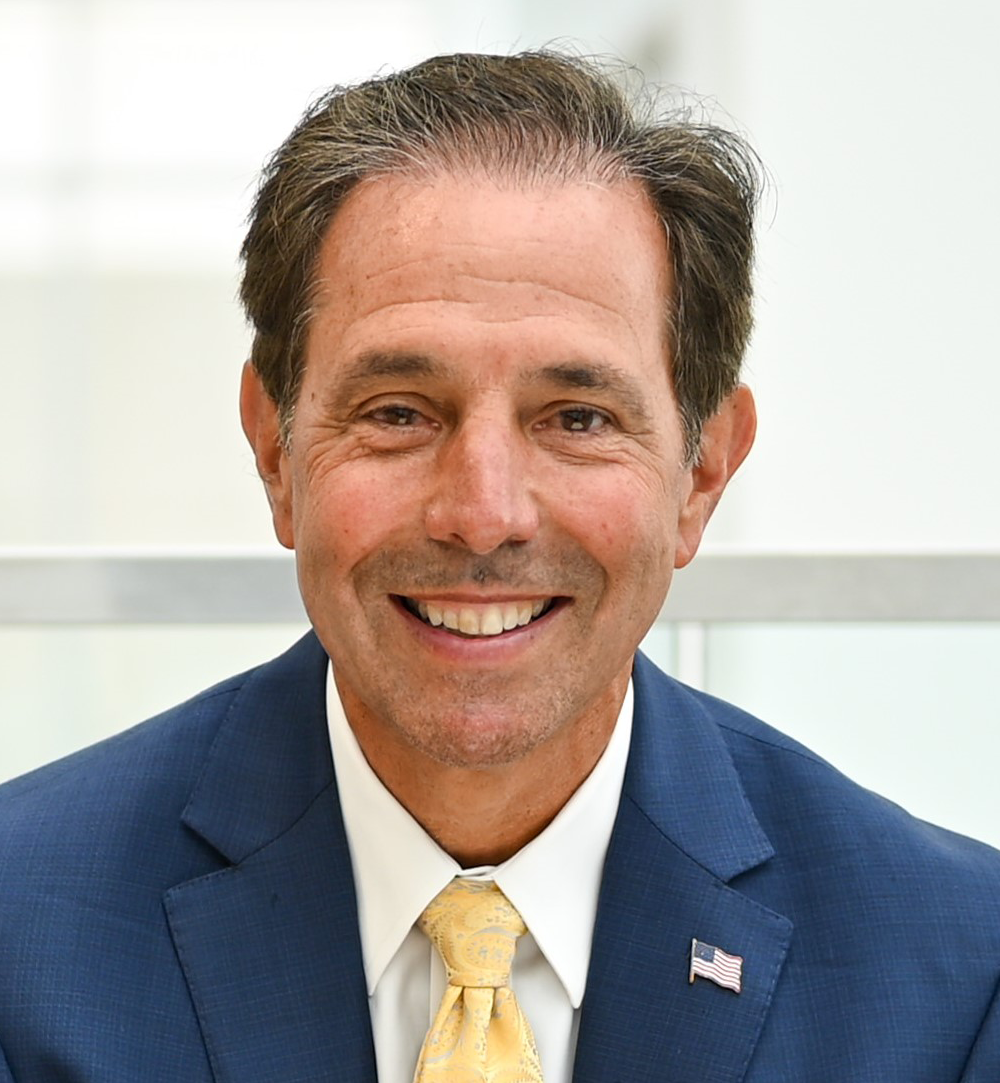Mike Restuccia
There is more technology than ever to support healthcare transformation, says Penn Medicine Chief Information Officer Mike Restuccia. Partnerships between health system operations and IT teams will make all the difference in how it's put to work.
A balanced approach to deploying new IT that reduces the burden on employees and provides patients with enhanced services is key to stabilizing and advancing healthcare industry processes.
The CIO of Penn Medicine says 2023 will be another year of significant change, requiring organizations to display nimbleness and teamwork to execute their strategic plans.
2022 Look Ahead
Areas of opportunity include data analytics for research, enhancing EHR capabilities and using AI algorithms to support patient care and operational efficiency, says Mike Restuccia.
At Penn Medicine, preparing leaders to successfully manage talent and remote work productivity has been essential – and has positioned it well to provide more training opportunities going forward.
The COVID-19 crisis has demanded innovative agility, relentlessly applied – proving again that information technology teams are crucial strategic partners for future goals.
Workforce
Penn Medicine Chief Information Officer Mike Restuccia says strong leadership is needed to capitalize on technology's potential – but people are the real enablers.
More than ever, the system selected to provide telemedicine services must provide added controls to overcome factors that are outside the control of the provider.
Electronic Health Records
In the decade-and-a-half since the startling “To Err is Human” report, it’s still hard to discern whether billions invested in electronic medical records are improving patient safety.






